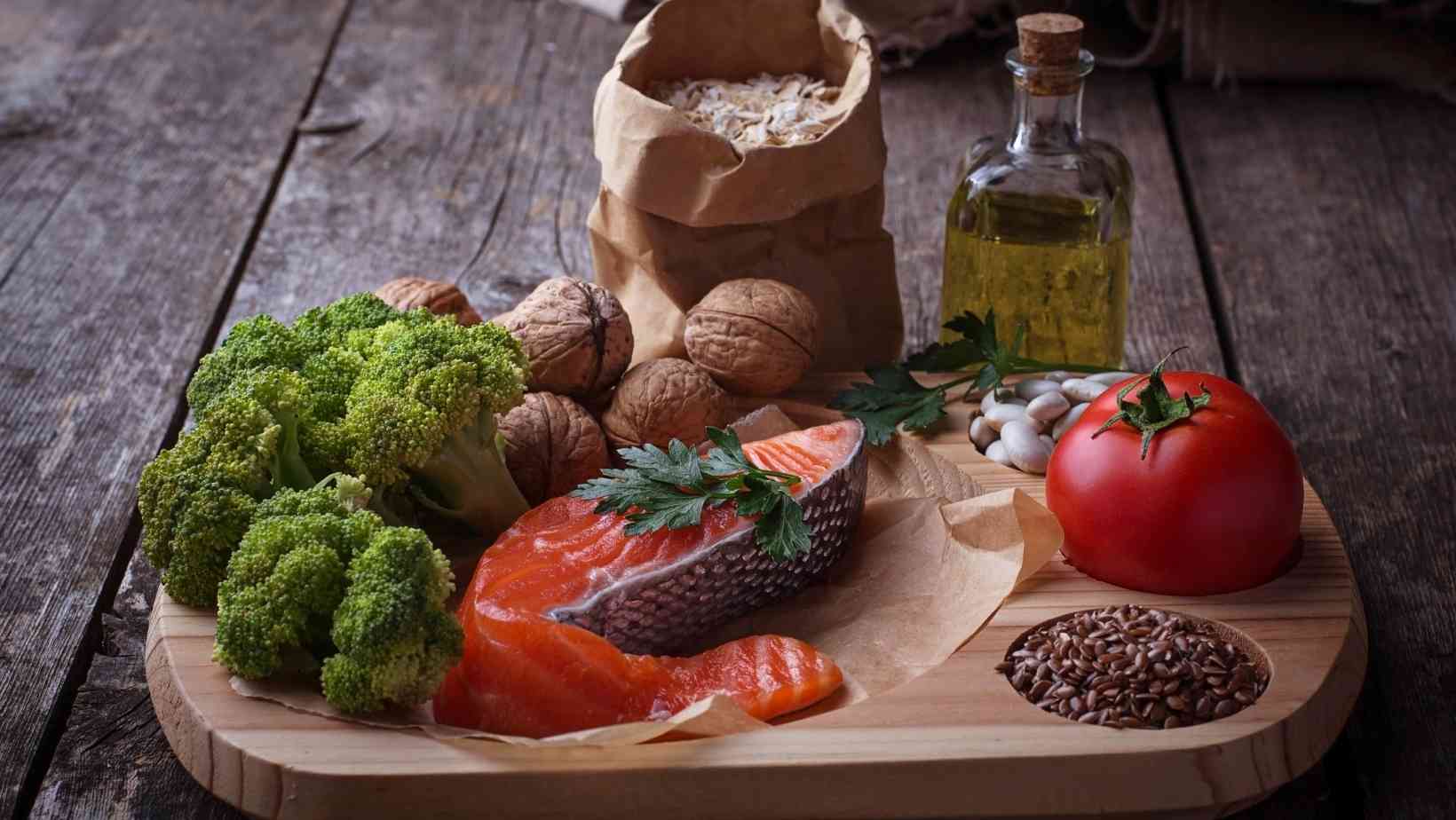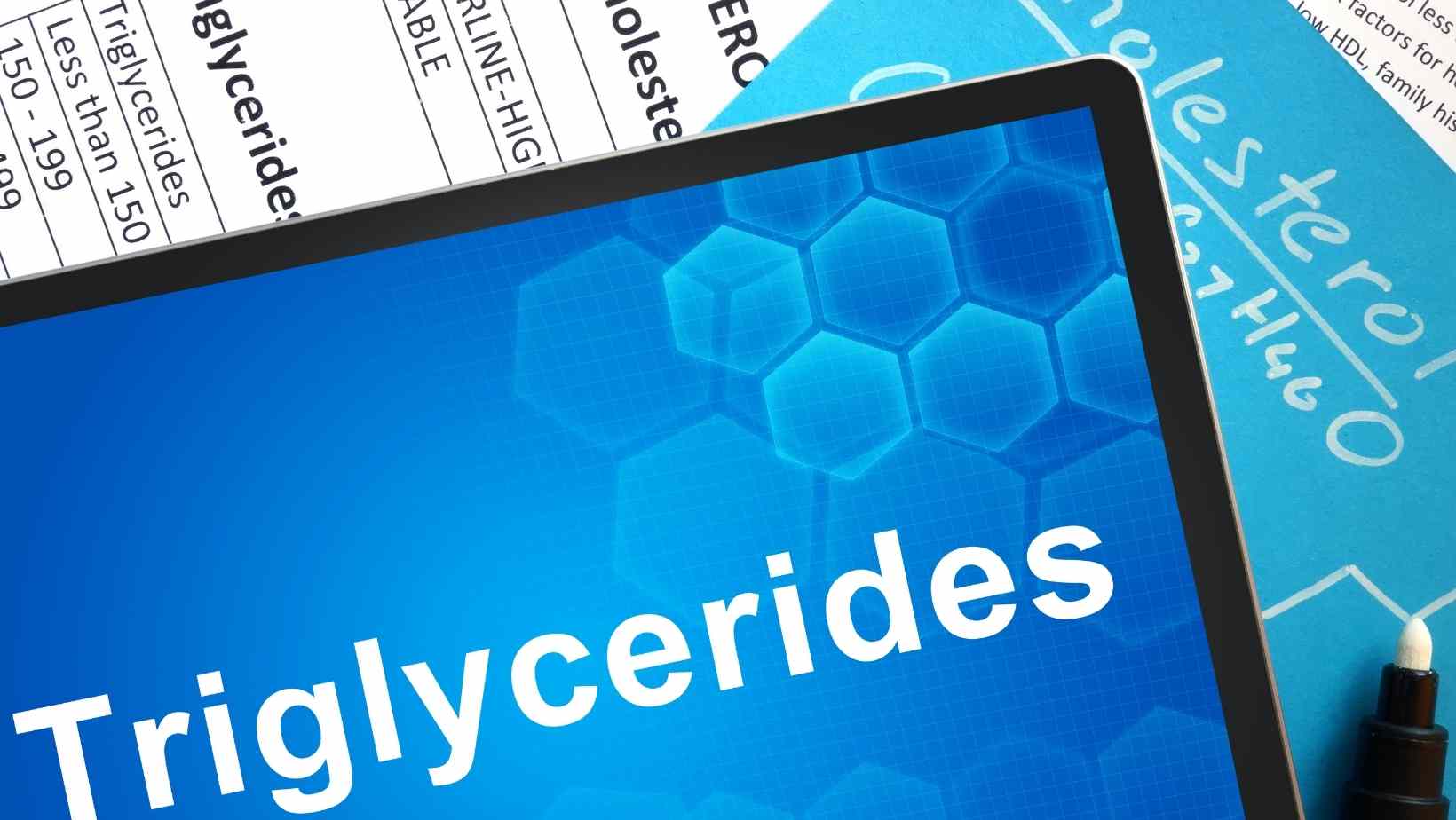Cholesterol is a fatty molecule present in your blood that is created naturally by your liver. Cholesterol serves a variety of functions in the body, but it may become a problem if there is too much of it in the bloodstream.
Cholesterol is found in several foods. This is referred to as "dietary cholesterol," and it can only be found in animal products. The majority of people's blood cholesterol is unaffected by consuming meals rich in dietary cholesterol.

Heavy cholesterol levels in the blood are mostly caused by a diet high in saturated and trans fats, as well as a lack of unsaturated fats and fiber.
Cholesterol varieties
There are two forms of cholesterol:
- Low-density lipoprotein (LDL) is also known as "bad" cholesterol because it contributes to the formation of plaque (fatty deposits) in your arteries, raising your risk of coronary heart disease.
- HDL (high-density lipoprotein) is also regarded as "good" cholesterol since it may help prevent coronary heart disease.
What methods are used to determine cholesterol levels?
Most persons with high cholesterol are completely healthy and show no signs or symptoms. A blood test is the best method to find out whether your cholesterol is high (known as a lipid panel or profile).
Consult your doctor to see whether you need to decrease your cholesterol and, if so, what steps you should take.
A heart health check, which estimates your risk of heart disease and stroke, may also be performed by your doctor.
What factors contribute to high cholesterol levels?
High blood cholesterol may be caused by a variety of factors, including:
- Low consumption of foods high in healthy fats - healthy fats have been shown to raise good (HDL) cholesterol levels.
- High consumption of foods high in harmful fats (saturated and trans-fats), such as fatty meats, full-fat dairy products, butter, coconut oil, palm oil, and the majority of deep-fried fast food and commercially baked goods (such as pies, biscuits, buns and pastries). Most commercially baked items and deep-fried takeout dishes are rich in trans-fats.
- Low consumption of fiber-rich foods — foods high in dietary fiber, especially soluble fiber, may help lower LDL cholesterol levels in the blood. Choose veggies, fruits, wholegrains, nuts, and seeds every day to increase your intake of fiber-rich foods.
- Food cholesterol (dietary cholesterol) has a little impact on LDL (bad) cholesterol; saturated and trans-fats in food have a considerably larger impact.
- Without raising your risk of heart disease, you may consume up to 7 eggs per week as part of a healthy, balanced diet low in saturated and trans-fats.
- Genetics - your cholesterol level may be influenced by your family history (also known as familial hypercholesterolaemia).
Even if they eat a healthy, balanced diet low in saturated and trans fats, some individuals will have high cholesterol. These individuals may be required to take cholesterol-lowering medication as directed by their physician.
Cholesterol and a balanced diet
What we eat has an effect on our cholesterol levels and may help us live longer. Make an effort to consume a diverse range of foods from each of the five dietary categories. This not only aids in the maintenance of a healthy and varied diet but also feeds the body with important nutrients.

The American Heart Association suggests:
- Vegetables, fruits, and wholegrains in plenty.
- a wide range of healthful protein sources (particularly fish and shellfish), legumes (such as beans and lentils), nuts, and seeds A heart-healthy diet may also include small quantities of eggs and lean chicken. If you're going to consume red meat, make sure it's lean and only do it once or twice a week.
- Milk, yogurt, and cheese with no flavor. Reduced fat variants should be chosen for those with high blood cholesterol.
- Nuts, seeds, avocados, olives, and their oils for cooking are all good sources of healthy fats.
- Instead of salt, use herbs and spices to season your cuisine.
Also, keep track of how much you consume and if you're consuming bad meals. Portion sizes have risen over time, and many of us are eating more than we need, increasing our risk of obesity and cardiovascular disease.
A healthy plate should include 14 servings of protein, 14 servings of carbs, and 12 servings of vegetables.
The size of a serving depends on the person's age, gender, and nutritional demands.
Tips for lowering cholesterol with healthy nutrition
Try these methods to help you control your cholesterol, in addition to eating a diverse and balanced diet:
- Only order takeout once a week (such as pastries, pies, pizza, hot chips, fried fish, hamburgers and creamy pasta dishes).
- Once a week, eat salty, fatty, and sugary snacks (these include crisps, cakes, pastries, biscuits, lollies and chocolate).
- Eating a lot of veggies — 5 servings of vegetables each day is a good goal. (12 cup cooked veggies = 1 serving).
- Whole Grain breads, cereals, pasta, rice, and noodles are all good choices.
- Snack on unsalted, simple nuts and fresh fruit (ideally two serves of fruit every day).
- Include legumes (or pulses) such as chickpeas, lentils, and split peas in at least two meals each week, as well as beans (such as haricot beans, kidney beans, baked beans, and three-bean mix). Check food labels for sodium (salt) content and choose the lowest sodium (salt) goods.
- Use unsaturated fat spreads and margarines (such as canola, sunflower, or extra virgin olive oil) instead of saturated fat spreads and margarines (such as butter, coconut oil and cream).
- Cook using healthy oils, such as canola, sunflower, soybean, olive (extra virgin is best), sesame, and peanut oils.
- Use canola, sunflower, soybean, olive (particularly extra virgin), sesame, and peanut oils in salad dressings and mayonnaise.
- Every day, eat 2 or 3 servings of plant-sterol-rich meals (for example, plant-sterol-enriched margarine, yogurt, milk and bread).
- Every week, eat 2 to 3 meals of oily fish (150 grams each). Fresh, frozen, or tinned fish are all options.
- Every week, include up to 7 eggs.
- Limit unprocessed red meat to fewer than 350g per week and choose lean meat (beef stripped of fat and poultry without skin).
- Choose low-fat, low-sugar milk, yogurt, or calcium-fortified non-dairy foods and beverages.
- Processed meats, such as sausages and deli meats, should be limited or avoided (such as salami).
A dietician can help you eat healthy for your unique requirements if you're experiencing difficulties with your cholesterol levels.
Fiber in the diet
If you're attempting to decrease your cholesterol, meals rich in dietary fiber (especially soluble fiber) may help you do so by lowering the quantity of LDL (bad) cholesterol in your blood.
Among these foods are:
Wholegrain cereals and foods (such as chickpeas, lentils, soybeans, three-bean mix, and baked beans), fruit legumes (such as chickpeas, lentils, soybeans, three-bean mix, and baked beans) (for example, oats and barley).
Fats in the diet
Lowering your cholesterol may be as simple as eating a healthy, balanced diet low in saturated and trans fats.
Replace meals that are high in harmful saturated and trans fats with those that are high in beneficial fats.
Fats that are bad for you
The following foods are rich in (unhealthy) saturated fats:
- full fat dairy products fatty slices of meat (such as milk, cream, cheese and yogurt)
- quick food that is deep fried
- items that have been processed (such as biscuits and pastries)
- take-out meals (such as hamburgers and pizza)
- butter made from coconut oil
The following foods are rich in (unhealthy) trans fats:
Baked products (such as pies, pastries, cakes, and biscuits) butter deep-fried dishes
Fats that are good for you
Polyunsaturated fats are found in a variety of foods, including:
Margarine spreads and oils (sunflower, soybean, and safflower oily fish, nuts, and seeds)
Monounsaturated fats are found in foods such as:
Avocados and almonds, as well as margarine spreads and oils (such as olive, canola, and peanut).
Your blood contains triglycerides.
In addition to cholesterol, your blood includes triglycerides, a form of fat that is deposited in your body's fat deposits. Triglycerides are released by hormones to provide energy in between meals.
Your body transforms any additional energy (kilojoules) it doesn't need immediately away into triglycerides after you eat.
Triglycerides, like cholesterol, are required for optimal physiological function. There is, however, evidence that certain patients with high triglycerides have a higher risk of heart disease and stroke.
You may have high triglycerides if you consume more energy than you need on a daily basis (hypertriglyceridemia).
Triglyceride reduction

The following are some methods for lowering triglyceride levels:
- Follow the heart-healthy eating guidelines to maintain a healthy diet.
- Sugary, fatty, and salty takeout meals and snacks should be avoided.
- Limit sugar-sweetened beverages (such as soft drinks, cordials, energy drinks, and sports drinks) and increase your consumption of omega-3-rich meals (for example, fish such as salmon, sardines and tuna).
High-cholesterol treatment
Making lifestyle adjustments, including modifying some of your eating habits and engaging in regular physical exercise, are critical for lowering high LDL (bad) cholesterol.
To help control your cholesterol and minimize your risk of a heart attack or stroke, you may need to take cholesterol-lowering medications (such as statins). Consult your doctor to determine the best treatment option for you.




